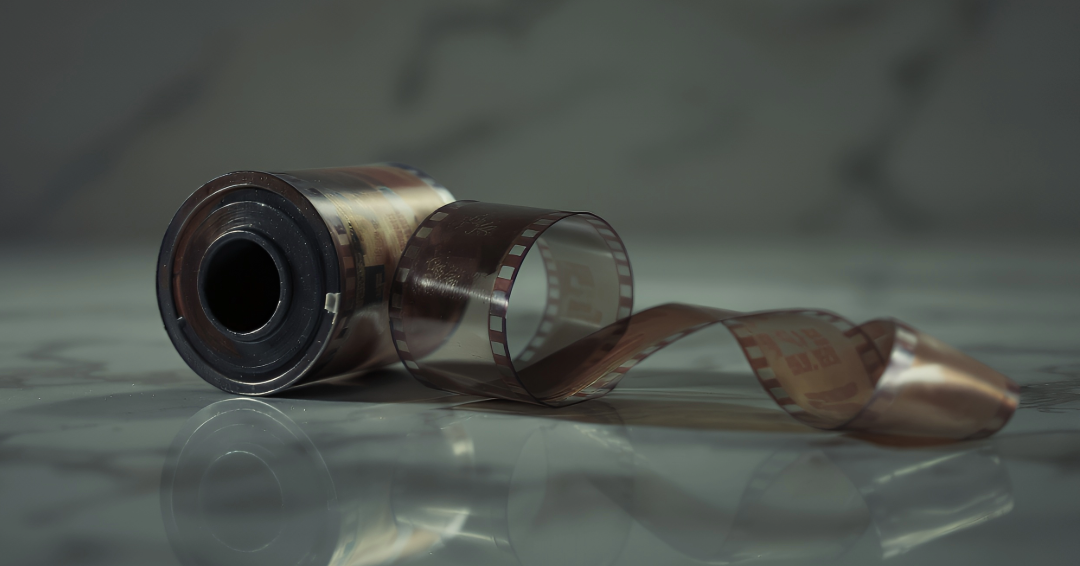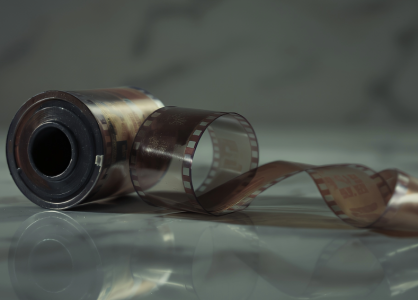Preserving the Stories of Generations
When we think of collectibles, we often think of rarity, nostalgia, or financial value. But dig a little deeper, and you’ll uncover something far more profound—collectibles are cultural archives, holding within them the stories, identities, and expressions of entire generations.
From childhood toys to vintage vinyl records, comic books to fashion accessories, each item is a fragment of our collective history—capturing the mood, technology, and societal trends of its time. In fact, collecting is more than a hobby—it’s a form of cultural preservation.
📚 Collecting Is Documenting Humanity
As the Smithsonian Institution notes, museums collect not just for art or display—but to preserve how people lived, dreamed, and connected with their world. The same can be said for personal collections. Every action figure from the ’80s, every concert ticket stub, every signed baseball—these aren’t just items. They’re time capsules.
Think about it:
- A Barbie doll from the 1960s reflects evolving gender roles.
- A punk rock vinyl from the 1970s echoes rebellion and youth culture.
- A Pokémon card from 1999 captures the rise of digital globalization and pop culture crossovers.
In each case, collectibles offer a tangible lens into the emotions, values, and creative currents of the era they come from.
🧠 Why Cultural Preservation Through Collecting Matters
- It builds intergenerational connections.
A comic your grandparents read becomes a conversation starter—and a legacy passed down.
- It inspires future creatives.
Designers, writers, and filmmakers often draw inspiration from iconic styles and items of the past.
- It educates in unique ways.
Collectibles are physical evidence of lived history, offering insight where textbooks stop.
- It brings forgotten stories back to life.
Sometimes, it’s the obscure or everyday objects that best capture the true rhythm of a time period.
🔍 How Collectiblepedia Preserves These Stories
At Collectiblepedia, we believe every item has a story, and every story deserves a place to be remembered.
That’s why we created a living, ever-growing database that not only catalogs collectibles—but shares their cultural relevance. Here’s how we do it:
📖 Rich Item Histories – Each entry includes background information, release history, significance, and collector notes.
🗂️ Thematic Tags & Cultural Categories – Grouping collectibles by era, theme, pop culture influence, and origin.
📸 Visual Archives – Users contribute images and updates to build a collaborative visual record.
💬 Community Contributions – We encourage users to share their stories—turning the platform into a tapestry of personal and global narratives.
🌍 Accessible to All – Whether you’re a scholar, a curious teen, or a seasoned collector—our resources are open and insightful.
Collectiblepedia isn’t just a site to explore collectibles—it’s a cultural storytelling platform.
🏛️ Collect Today, Preserve Tomorrow
In a world driven by fast tech and digital overload, collectibles remind us of our roots—our culture, our creativity, our evolution.
As generations change, so do the items they hold dear. But thanks to collectors and platforms like Collectiblepedia, these pieces of cultural DNA won’t fade—they’ll be remembered, studied, and passed on.
So whether you’re cataloging your comic book shelf, uncovering flea market treasures, or researching mid-century design—know that you’re doing more than collecting. You’re preserving the story of us.
🔗 Visit Collectiblepedia.com and explore a world where collectibles become chronicles.

